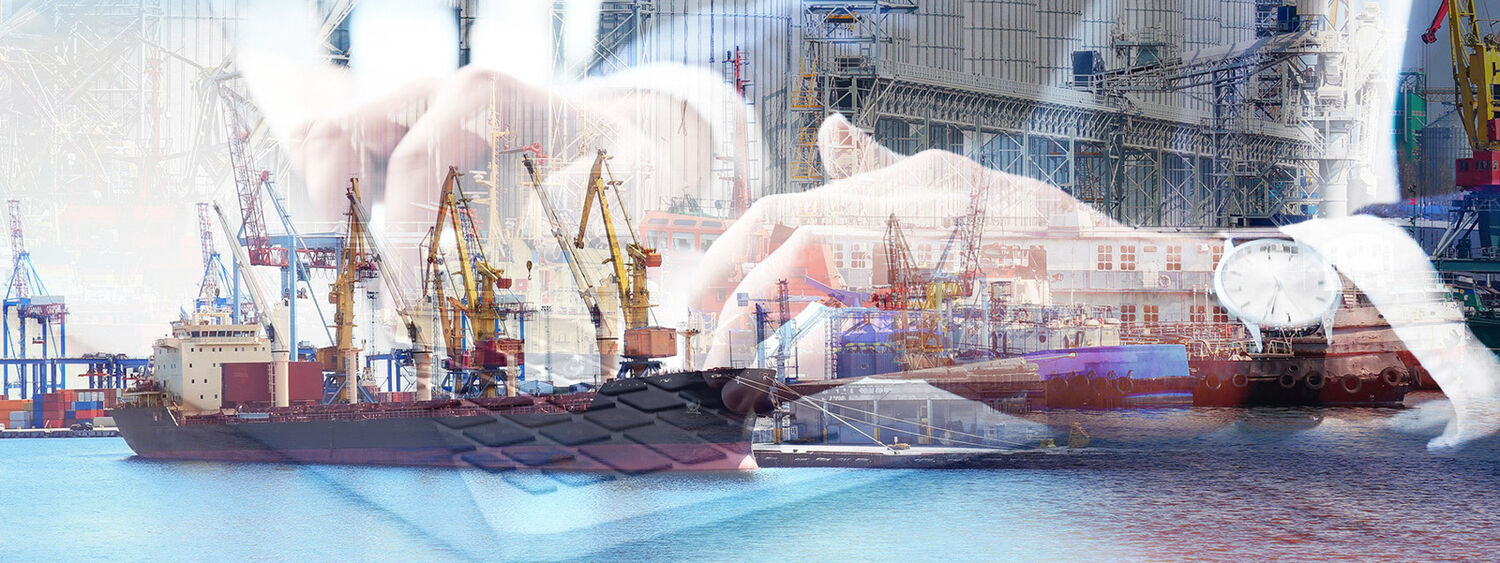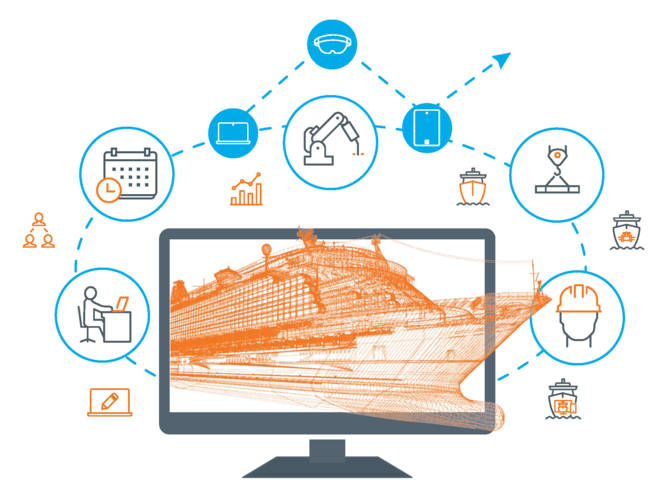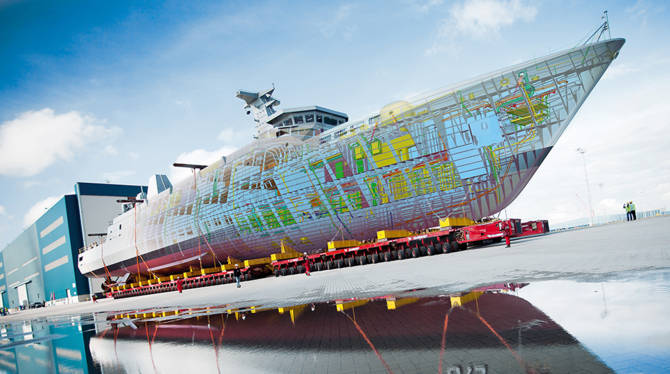
Data-driven shipbuilding
The Shipbuilding industry is currently undergoing a digital revolution that is creating and transforming business models. It is increasingly embracing the immense possibilities offered by advanced digitalization in the shipbuilding life cycle.
Posted on April 15, 2020
At CADMATIC, we are leading the charge to assist our customers to optimize the way ship design and shipbuilding is conducted. These efforts are guided by our vision of a transformed shipbuilding industry, one that is driven by data.
What is data-driven shipbuilding?
Data quality, consistency, and interconnectivity, as well as the maximized automation of data handling throughout the entire ship design and shipbuilding process are key factors in unlocking greater efficiency, increasing productivity and boosting profitability.
In data-driven shipbuilding, digital data streams are consistent, reliable, and reusable across disciplines, project phases and ship series. Data drives and connects the entire shipbuilding process while manual data handling is minimized or eliminated to safeguard data integrity and optimize the shipbuilding process.
The quest is not only to optimize operations, reduce errors dramatically, and to get it right the first time, but to enable shipbuilders to manage changes more efficiently when errors or other factors necessitate changes. If changes are required at any stage of the shipbuilding process, the advanced digitalization and interconnectivity of data means that upstream and downstream changes can be efficiently implemented while the consistency of data is retained.

3D CAD model at the core of data-driven shipbuilding
The core of all a ship’s data is created in and resides in the CAD 3D model. A myriad of calculation and analyses programs and other systems can run on top of the CAD core, incrementally adding to and creating the digital model of the vessel.
Data integrity ensures that the ship 3D model can be used to support and drive scheduling, planning, production, prefabrication, and building for optimal results.
Embedded knowledge in 3D CAD tools
In addition to tools for 3D modeling and design, design applications have a significant amount of embedded engineering practices and standards. Harnessing the knowledge of specialists in each discipline, CAD serves as a universal knowledge hub, applying the best solutions for each part of the model and ensuring consistency of design and compliance with regulations.
Designers can benefit from customized settings, specifications, predefined modules and previously created modules and sister ship projects. The personal experience of designers is less critical in such cases and can be supported by the software.
Decades of experience and highly specialized training is no longer required to produce accurate construction information. This allows engineers and designers to focus on creating new projects and sustainable designs, while the software takes care of calculations and the accuracy of data.
Read a case study about shell plate development in CADMATIC, the most demanding area of 3D hull design

Digital model and digital twin
Traditionally, CAD revolves around first modelling a vessel in a digital environment, and then building accordingly. It is a way of evaluating design options and considering different possibilities without having to do it with physical objects.
Processes and systems can be modeled, 3D layouts checked for assembly and building stages and costs evaluated before the work at the construction site begins. In this process, information flows from the digital model to the physical object in one direction.
A digital twin emphasizes a bi-directional approach. The information flows not only from the digital asset to the physical world, but also loops back, where information from the yard and production merges with the digital model. This approach resulted in information management applications inside or around CAD tools, such as CADMATIC eShare.
A digital twin does not exist in isolation. It requires a software platform in addition to hardware storage facilities. The eShare platform allows digital twins to be created incrementally. It can store and merge 3D models in various CAD formats and effectively integrate data from other systems, such as PDM/PLM/ERP/MES and more. It provides users access to all this data using the latest advanced visualization technology and by extracting the required data on demand.
Online webinar: How eShare supports data-driven shipbuilding and drives digital transformation.
Integrating systems throughout shipbuilding life cycle
A key part of data-driven shipbuilding is the integration of systems used during the shipbuilding life cycle. Traditionally, much of the data produced in ship design and shipbuilding is siloed, which has inherent inefficiencies.
The integration of CAD, CAM, ERP, MES, PDM, and PLM can deliver digital twins that have true value. This is particularly so for consolidated shipbuilding groups that have vertically integrated operations from design and prefabrication to production.
Integration can be achieved in different ways. At CADMATIC, we believe in a flexible approach. We have a web API for traditional fixed integrations, but also connect and access data of different systems via the eShare platform.
Drawingless production
In our data-driven shipbuilding vision, consistent data streams lead to drawingless production and paperless operations.
The intelligence of IT allows the provision of data in digital format that is suitable for production. For example, based on the data collected by CADMATIC, when the first 3D viewer, eBrowser, was introduced on the market in 2000, the direct estimation from shipyards was that they were able to reduce the number of drawings needed for production by 30%.
Following this development, after introducing CADMATIC’s eShare as a central portal for all interlinked project information, a further reduction of 70% in the number of drawings was achieved. This is an example of how increased intelligence in IT technology has significantly affected the number and types of drawings involved in production but was capped by societal readiness to change the existing regime. Pioneering yards focused on innovation and effectiveness, were more ready to make the change than yards where tradition and maintaining the status quo were stronger driving forces. Human and societal factors often conflict with technological possibilities.
Data-driven shipbuilding unlocks next-level efficiency
Data-driven shipbuilding enables close collaboration between all disciplines, integrates processes and assures end-to-end continuity by sharing the same source of real-time information.
This single source of truth assists shipyards to accelerate the time-to-market, drive down costs, shorten lead-times, and reduce quality issues in design, manufacturing and supply chains. It unlocks next-level efficiencies, increases productivity and secures profitability via data-driven processes and decision-making.